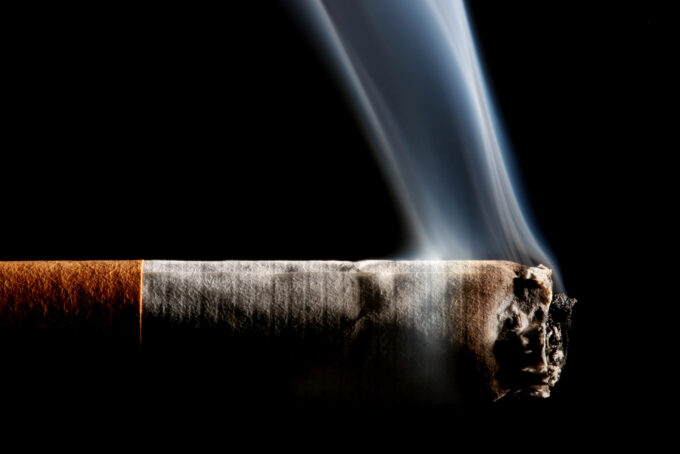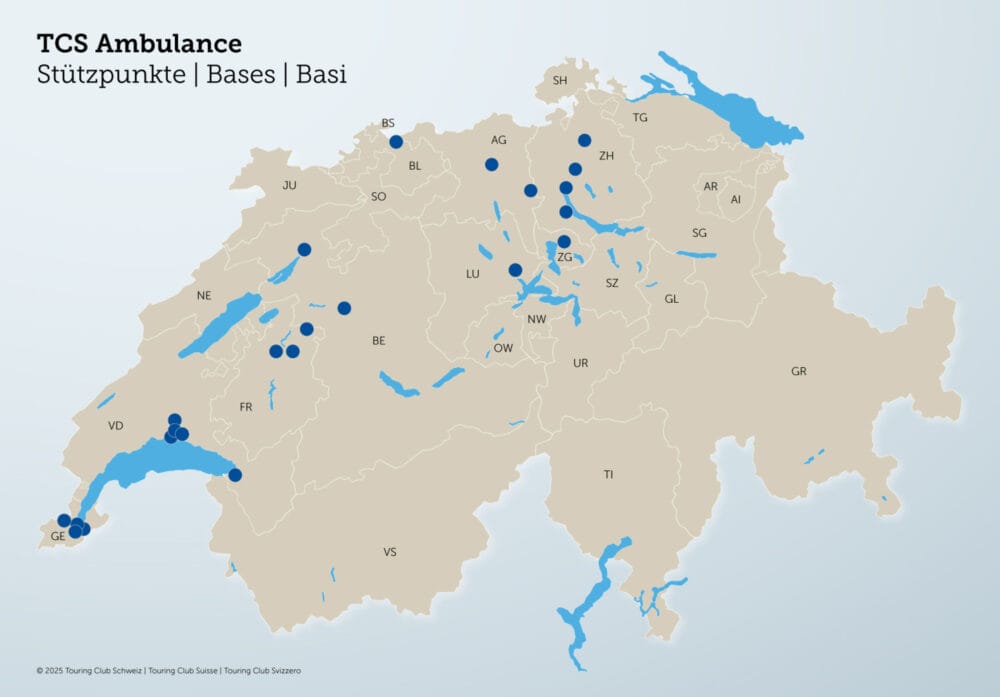Dangers and hazards during welding work
Whether in the trades, in industry or on construction sites - welding and cutting processes for metals are widespread for good reasons. From the perspective of occupational physicians, however, welding work is one of the activities that is particularly hazardous to health and physically stressful.

In addition to the common manual arc welding (LBH), metal inert gas welding (MIG) and metal active gas welding (MAG), there are dozens of other related metalworking processes that are classified as fusion welding, pressure welding, coating, flame cutting, plasma cutting, etc. The range of associated health risks and injury hazards is correspondingly complex:
- Optical radiationTorch flames, electric arcs or welding baths produce intense radiation that causes massive damage to unprotected eyes; the so-called flashing is notorious. In addition to the visible radiation, there are invisible radiation components in the infrared or UV range; there is a risk of retinal burns and corneal damage.
- PollutantsAlthough the materials and electrodes themselves are not hazardous substances, the dusts, vapors, gases and welding fumes produced during welding processes contain various pollutants such as metal oxide dusts, carbon monoxide or ozone. These not only irritate the skin and eyes, but also reach deep into the lungs when inhaled - there is a risk of metal fume fever and lung cancer.
- Heat: During some welding processes, intense radiant heat occurs due to infrared radiation. In addition, there are hot metal splashes and hot surfaces through which there is a permanent risk of burns.
- Noise: Flame cutting processes, arc, MIG and MAG welding are usually associated with high noise levels. In addition, during welding work, the surroundings - construction site, industrial hall, workshop - are often already quite noisy.
High physical stress: It is not uncommon for welding work to be performed in confined spaces or in ergonomically unfavorable postures (squatting, overhead). Such forced postures and the manual movement of heavy metal parts put strain on the muscles and skeleton. - Mechanical injuries: There is a risk of crushing if heavy workpieces or unsecured gas cylinders are tipped over, sharp metal burrs and sharp-edged surfaces tear open skin and clothing, an accidentally triggered feed of the welding wire during MIG/MAG welding can lead to puncture injuries.
- Electrical hazards: There is always a risk of electrical injury in electric welding and arc processes.
- Fire and explosionWelding is one of the most dangerous types of hot work. Welding sparks can not only irreparably injure the eyes, but also cause fires. Sparks, but also torch flame and electric arc, become ignition sources that can reduce an operation to rubble if, for example, explosive atmospheres have formed unnoticed in cavities or solvent residues are present in containers or pipelines.
Not every hazard occurs equally in every welding process. In LBH, MIG and MAG welding, the pollutant rates are usually particularly high. The pollutants also differ depending on the electrodes, fuel gases and shielding gases used in each case. Lacquers, coatings, oils and other surface coatings or impurities further increase the number of potentially hazardous substances. Flame cutting with high-power nozzles can be very loud at more than 85 dB. Hazardous radiation occurs during plasma welding or laser cutting. When assessing the risks, therefore, all hazard factors (chemical, thermal, electrical, mechanical, etc.) must always be included and evaluated for the respective welding process in the specific situation.
Protection according to the STOP principle
When determining the protective measures for welding work, the order of priority applies according to the proven STOP principle:

It is important to protect not only the welders themselves, but also all colleagues working in the vicinity. Welding work should be scheduled so that as few employees as possible are exposed to the stresses and for no longer than necessary. Depending on the work environment, attention should also be paid to passers-by, patients, visitors, etc. Flying sparks, flames and lightning magically attract children - and some adults as well. No one should be endangered by looking unprotected into electric arcs or inhaling welding fumes.
This technical article appeared in the printed edition SAFETY-PLUS 1-2022.
You want to read all articles in this issue? Then close right now here a subscription.









